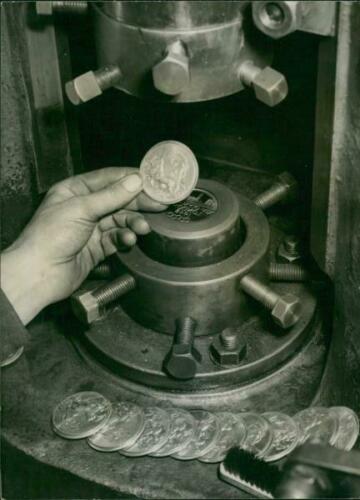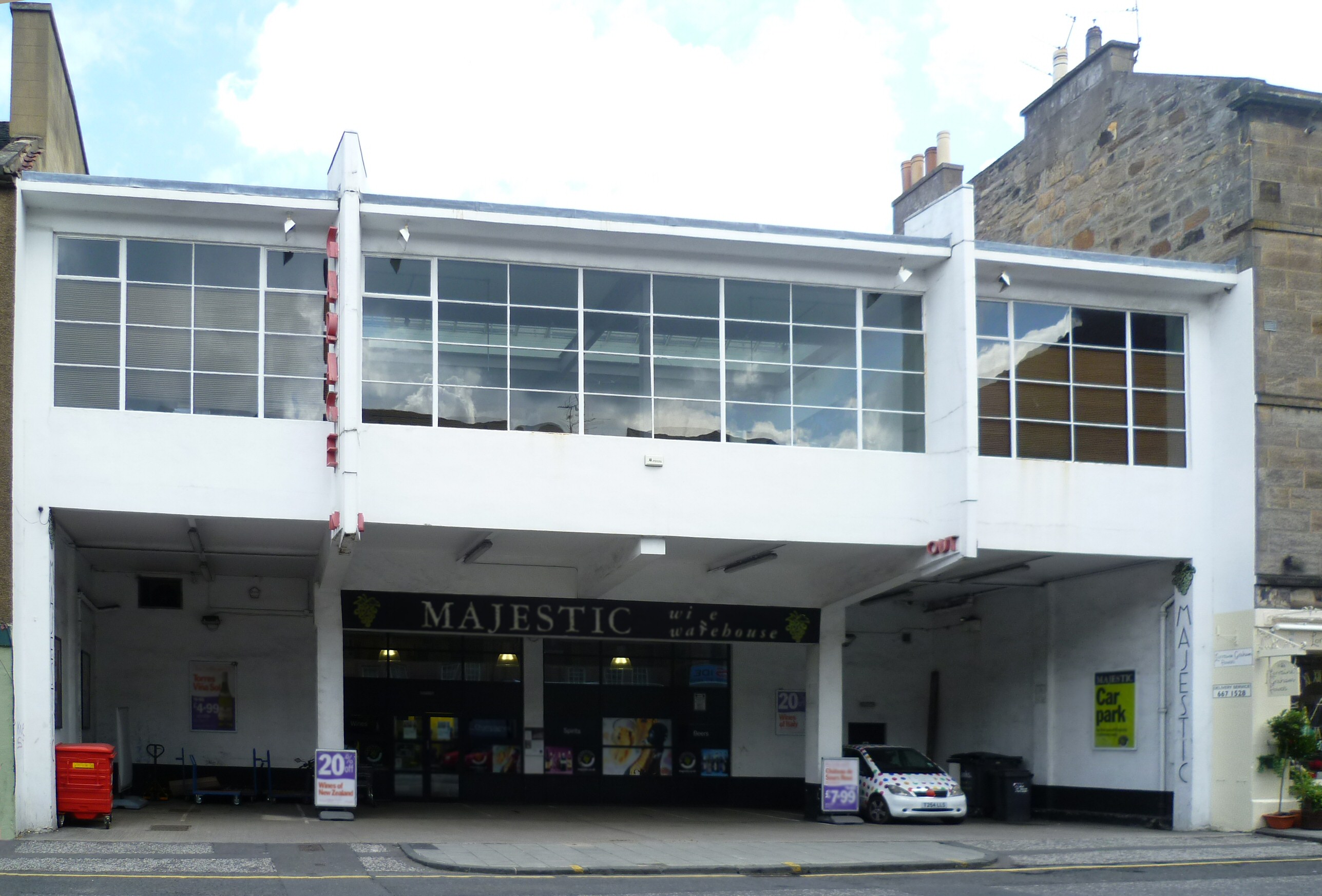|
Siegfried Charoux
Siegfried Joseph Charoux (15 November 1896 – 26 April 1967) was an artist, primarily a figurative sculptor working in bronze, stone, or terracotta. Born in Austria, he moved to England in 1935, where he became naturalised in 1946. Early and private life Charoux was born in Vienna. His father Josef Kinich was a civil engineer who had served in the Austro-Hungarian Army. His mother Anna Buchta (née Charous) was a dressmaker. She had Czech ancestry, and was the widow of Johann Buchta. He was given the name Siegfried Buchta at birth, and changed his name to Siegfried Charous in 1914 after his mother's maiden name. Later, as a political gesture and a derivative of Chat Roux (Red Cat) he changed the spelling of his surname to Charoux in 1926, at the time of his marriage to Margarethe Treibl (1895 - 1985). They had no children. Margarethe was in international textile trader who traveled extensively and introduced Charoux's sculptures to many of the countries in which she traded. ... [...More Info...] [...Related Items...] OR: [Wikipedia] [Google] [Baidu] |
Art Competitions At The 1948 Summer Olympics
Art competitions at the Summer Olympics, Art competitions were held as part of the 1948 Summer Olympics in London, United Kingdom, Great Britain. Medals were awarded in five categories (architecture, literature, music, painting, and sculpture), for works inspired by sport-related themes. The art exhibition was held at the Victoria and Albert Museum from 15 July to 14 August, and displayed works of art from 27 different countries. The literature competition attracted 44 entries, and the music competition had 36 entries. The art competitions included multiple subcategories for each of the five artistic categories. The judges declined to award any medals for dramatic works in literature, and no gold medals in another five subcategories. Alex Diggelmann of Switzerland won both a silver medal and a bronze medal for two different entries in the applied arts and crafts subcategory, a feat unlikely to be duplicated in any event in the Olympic sports, current Olympic program. These ... [...More Info...] [...Related Items...] OR: [Wikipedia] [Google] [Baidu] |
Basil Spence
Sir Basil Urwin Spence, (13 August 1907 – 19 November 1976) was a Scottish architect, most notably associated with Coventry Cathedral in England and the Beehive in New Zealand, but also responsible for numerous other buildings in the Modernist/ Brutalist style. Training Spence was born in Bombay, Bombay Presidency, British India,Let's be frank about Spence ''The Guardian'' (16 October 2007). Retrieved: 10 October 2021. the son of Urwin Archibald Spence, an assayer with the . He was educated at the John Connon School, operated by the Bombay Scottish Education Society, and was th ... [...More Info...] [...Related Items...] OR: [Wikipedia] [Google] [Baidu] |
Festival Of Britain
The Festival of Britain was a national exhibition and fair that reached millions of visitors throughout the United Kingdom in the summer of 1951. Historian Kenneth O. Morgan says the Festival was a "triumphant success" during which people: Labour cabinet member Herbert Morrison was the prime mover; in 1947 he started with the original plan to celebrate the centennial of the Great Exhibition of 1851. However, it was not to be another World Fair, for international themes were absent, as was the British Commonwealth. Instead the 1951 festival focused entirely on Britain and its achievements; it was funded chiefly by the government, with a budget of £12 million. The Labour government was losing support and so the implicit goal of the festival was to give the people a feeling of successful recovery from the war's devastation, as well as promoting British science, technology, industrial design, architecture and the arts. The Festival's centrepiece was in London on the South Bank ... [...More Info...] [...Related Items...] OR: [Wikipedia] [Google] [Baidu] |
Piccadilly Gallery
The Piccadilly Gallery was an art gallery that operated from a number of addresses in London between 1953 and 2007. It was originally founded as the Pilkington Gallery in 1953 by Eve Pilkington and her husband Godfrey Pilkington, with a focus on exhibiting the works of figurative artists in the styles of Art Nouveau and 19th and 20th Century Symbolism. In 1954, they were joined by Christabel Briggs. In 2007, following the passing of co-founder Godfrey Pilkington, the gallery closed its public storefront. The gallery operated from a number of West End addresses, first from bomb-damaged premises in the Piccadilly Arcade, and then on to 16A Cork Street in 1954. In 1978, it moved next door to 16 Cork Street, and in 1999 the gallery temporarily moved to Dover Street. It promoted the artists Adrian Berg as well as Max Beerbohm, Gwen John, Eric Gill and William Roberts, and hosted major exhibitions, including Gustav Klimt, Egon Schiele, and the German Neue Sachlichkeit The New O ... [...More Info...] [...Related Items...] OR: [Wikipedia] [Google] [Baidu] |
Holland Park
Holland Park is an area of Kensington, on the western edge of Central London, that contains a street and public park of the same name. It has no official boundaries but is roughly bounded by Kensington High Street to the south, Holland Road to the west, Holland Park Avenue to the north, and Kensington Church Street to the east. Adjacent districts are Notting Hill to the north, Earl's Court to the south, and Shepherd's Bush to the northwest. The area is principally composed of tree-lined streets with large Victorian townhouses, and contains many shops, cultural tourist attractions such as the Design Museum, luxury spas, hotels, and restaurants, as well as the embassies of several countries. The street of Holland Park is formed from three linked roads constructed between 1860 and 1880 in projects of master builders William and Francis Radford, who were contracted to build and built over 200 houses in the area. Notable nineteenth-century residential developments in the area in ... [...More Info...] [...Related Items...] OR: [Wikipedia] [Google] [Baidu] |



